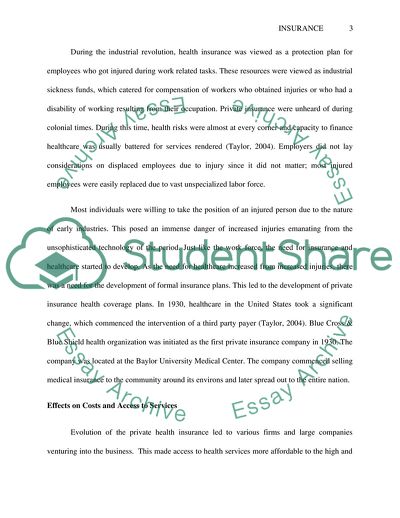Cite this document
(Evolution of Private Health Insurance Coursework, n.d.)
Evolution of Private Health Insurance Coursework. https://studentshare.org/health-sciences-medicine/1777231-insurance
Evolution of Private Health Insurance Coursework. https://studentshare.org/health-sciences-medicine/1777231-insurance
(Evolution of Private Health Insurance Coursework)
Evolution of Private Health Insurance Coursework. https://studentshare.org/health-sciences-medicine/1777231-insurance.
Evolution of Private Health Insurance Coursework. https://studentshare.org/health-sciences-medicine/1777231-insurance.
“Evolution of Private Health Insurance Coursework”. https://studentshare.org/health-sciences-medicine/1777231-insurance.


